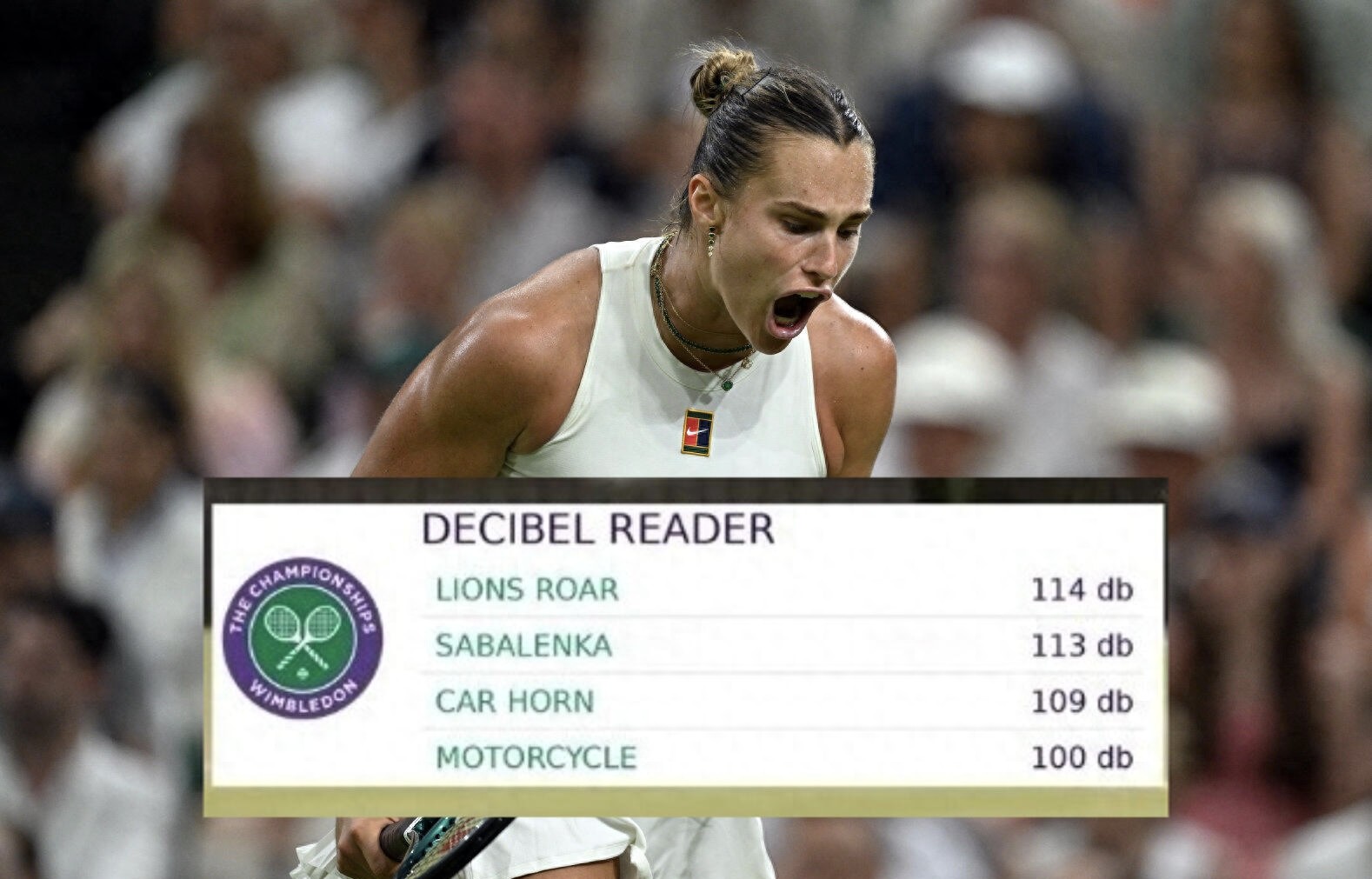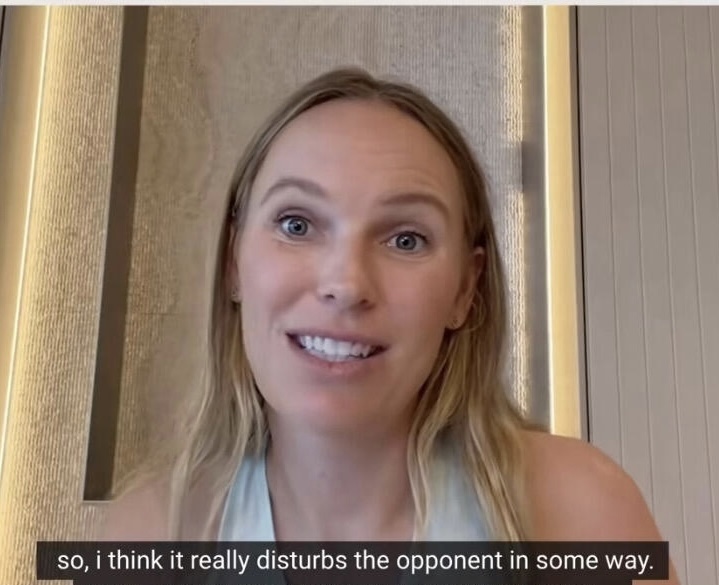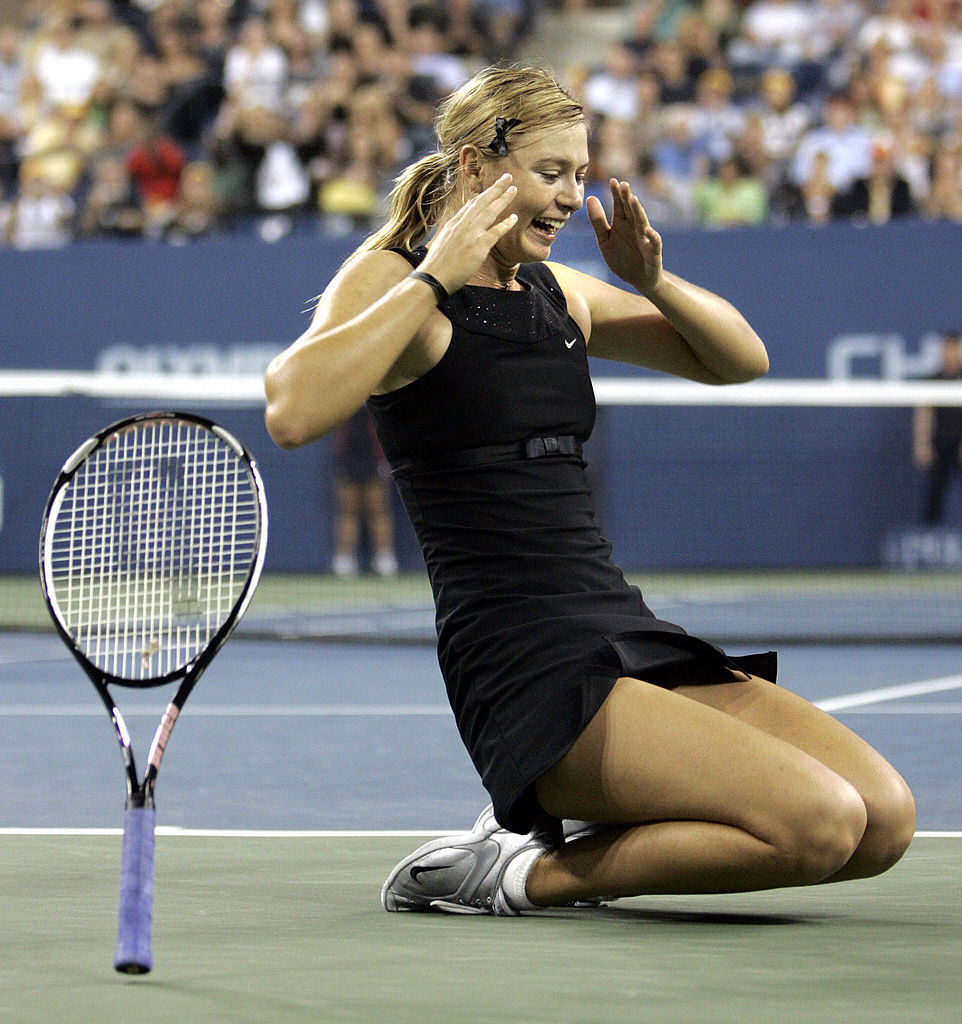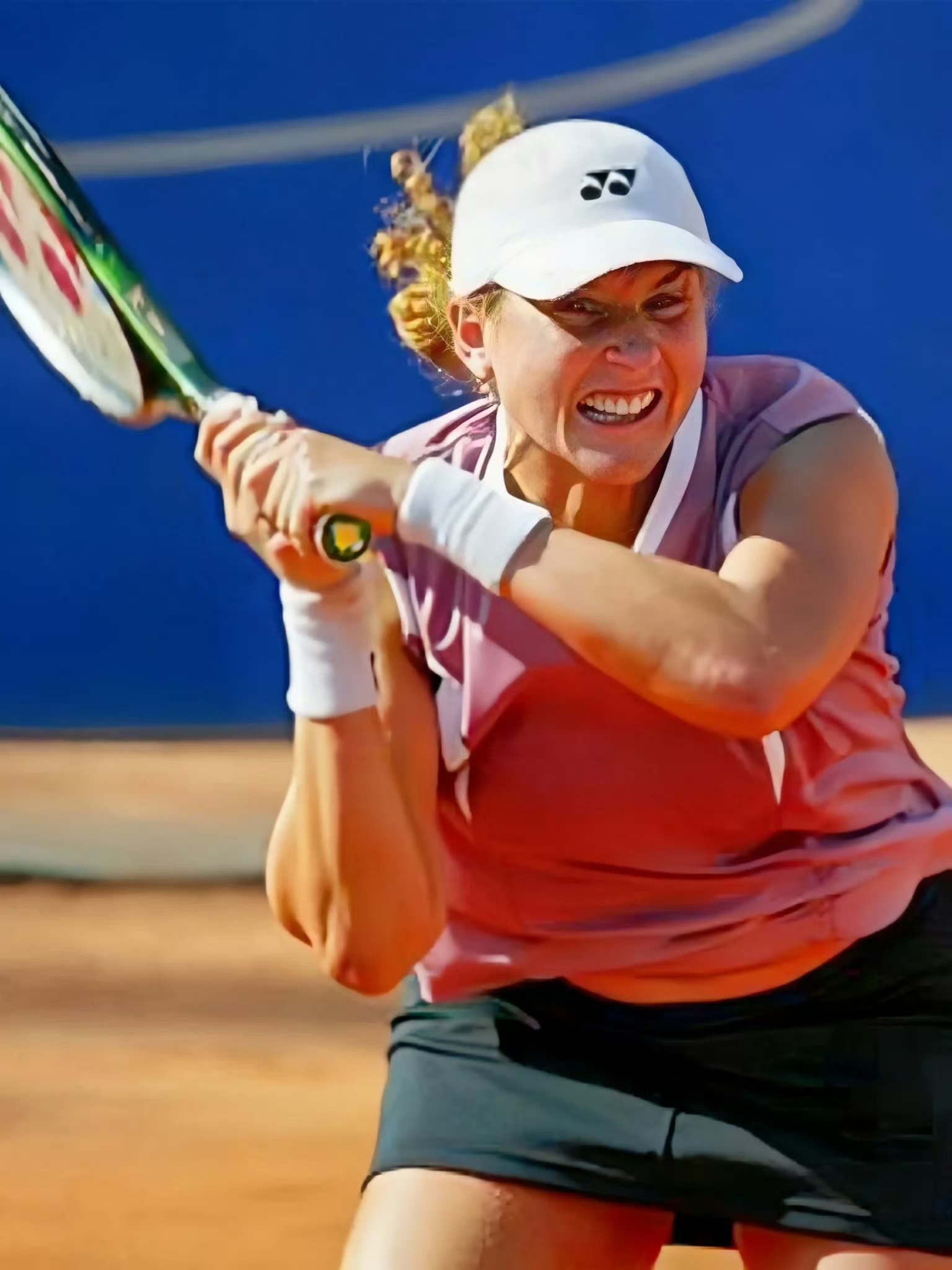Wozniacki has taken steps to reduce the volume of players' shouting during matches.
During this year’s Wimbledon, the entire stadium held its breath. Sabalenka launched the ball high, her body extended like a taut bow—at the instant her racket made contact, a scream tore through the Wimbledon afternoon, and the decibel meter surged quickly, ultimately registering 113 decibels.That figure is only one decibel lower than a lion’s roar and surpasses the loudness of a car horn.

Amid this wave of noise, former world number one Wozniacki spoke out: “I hope to add a microphone or a decibel meter.” Known for her quiet playing style, the Danish star recently publicly called on the WTA to implement shouting limits, sparking a silent revolution about noise, fairness, and tradition in professional tennis.

“I’ve never been a player who likes to shout,” Wozniacki said calmly but firmly. “Sometimes some players yell so loudly that it actually distracts their opponents to some extent.”
On Wimbledon’s grass courts, Sabalenka is not alone. From the legendary Sharapova’s screams reaching 101 decibels to Seles’s signature dual-tone shouts, vocal expressions by female tennis players on court have almost become an unofficial tradition. But Wozniacki highlighted the other side of the issue: “As a fan, I don’t think you want to hear those sounds either.”

The tolerance level for shouting in professional tennis has always been vague. Grand Slam tournaments have “deliberate disturbance” rules, but these are rarely enforced unless there is direct verbal provocation. In 2012, Polish player Janowicz emitted a record-breaking 109.7-decibel yell at the Australian Open but received no warnings.

“The problem is, what counts as ‘excessive’?” an anonymous WTA umpire said. “Is it the decibel level? The duration? Or subjective perception? Without measurable standards, it’s very difficult to enforce.”
Wozniacki’s proposal directly addresses this dilemma—using technology to convert subjective feelings into objective data. The introduction of microphones and decibel meters would give referees clear grounds for enforcement and help players adjust their vocal habits during training.

However, opposition is also strong. Many players believe shouting is a natural reaction when exerting force and part of the match’s intensity. “When I hit with full power, the breath naturally escapes my throat,” a young player admitted. “It’s not a tactic; it’s a physiological response.”
The deeper conflict lies in that this debate touches the core of tennis culture—should this sport, originating from aristocratic salons, preserve its traditional quietness? Or is modern tennis, with its power-driven style, inevitably accompanied by matching sound effects?

Fans are also divided. Traditionalists long for the elegance of Sampras and Federer’s era, where footsteps were barely audible; innovators argue that passionate shouting adds drama to the matches. “It’s a matter of personal style and shouldn’t be universally banned,” commented a veteran tennis journalist, “but there definitely needs to be a clear boundary.”

If Wozniacki’s initiative is adopted, the professional tennis environment may undergo subtle changes. Quiet players won’t have to struggle to judge shot timing amid deafening roars; the younger generation will develop different breathing habits from early on; and broadcasting technology might follow suit by creating real-time decibel displays or “noise reduction” viewing modes.

At the brink of change, tennis’s future hangs between two sounds—one the pure strike of the racket, the other the raw cries of the players. The call for a silent revolution has been sounded, and the battle over sound is only just beginning.(Source: Tennis Home, Author: Mei)







 Links
Links
 Contact
Contact
 App
App


